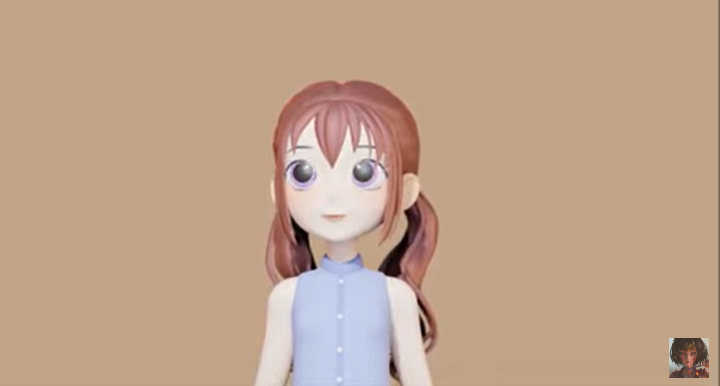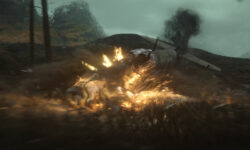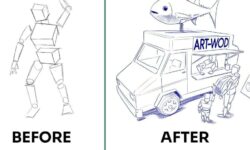Anime Girl Creation by FlyCat
Release date:2020, May
Duration:05 h 42 m
Author:FlyCat
Skill level:Beginner
Language:English
Exercise files:Yes
When it comes to creating a model with good topology that is suitable for sculpting and animation, there are several key considerations to keep in mind. Here are some guidelines to follow:
- Clean and even topology: Aim for clean geometry with evenly distributed polygons. This helps maintain a smooth and uniform surface, which is essential for sculpting and achieving realistic deformations during animation.
- Appropriate edge flow: Ensure that the edge loops follow the natural contours and flow of the model. This is crucial for achieving proper deformations during animation and sculpting detailed areas.
- Avoid poles and ngons: Minimize the use of poles (vertices with more than four edges) and ngons (faces with more than four vertices) as they can cause issues during deformation and sculpting. If necessary, use them sparingly and strategically.
- Balanced polygon density: Maintain a consistent polygon density across the model, focusing on adding more detail where needed. This helps ensure smooth deformations and avoids areas that are either too dense or too sparse.
- Proper edge creasing: Use edge creasing or support loops strategically to define and maintain sharp edges or creases in the model. This is particularly important for maintaining shape integrity during sculpting and animation.
- Optimized geometry: Keep the polygon count as low as possible while still achieving the desired level of detail. Optimized geometry improves performance in animation and allows for more efficient sculpting workflows.
- UV unwrapping: Plan for proper UV unwrapping, ensuring that the model’s UV islands are laid out efficiently for texture mapping and painting.
- Consider rigging requirements: If the model will be rigged for animation, design the topology with the rigging process in mind. Include edge loops around joints to allow for proper deformation and articulation.
By following these guidelines, you can create a model with good topology that is well-suited for sculpting, animation, and other creative purposes. It’s essential to practice and iterate, refining your techniques over time to achieve the best results.





 Channel
Channel






you can post to the course https://www.udemy.com/course/blender-3d-memory-3d-modeling-fuer-anfaenger/